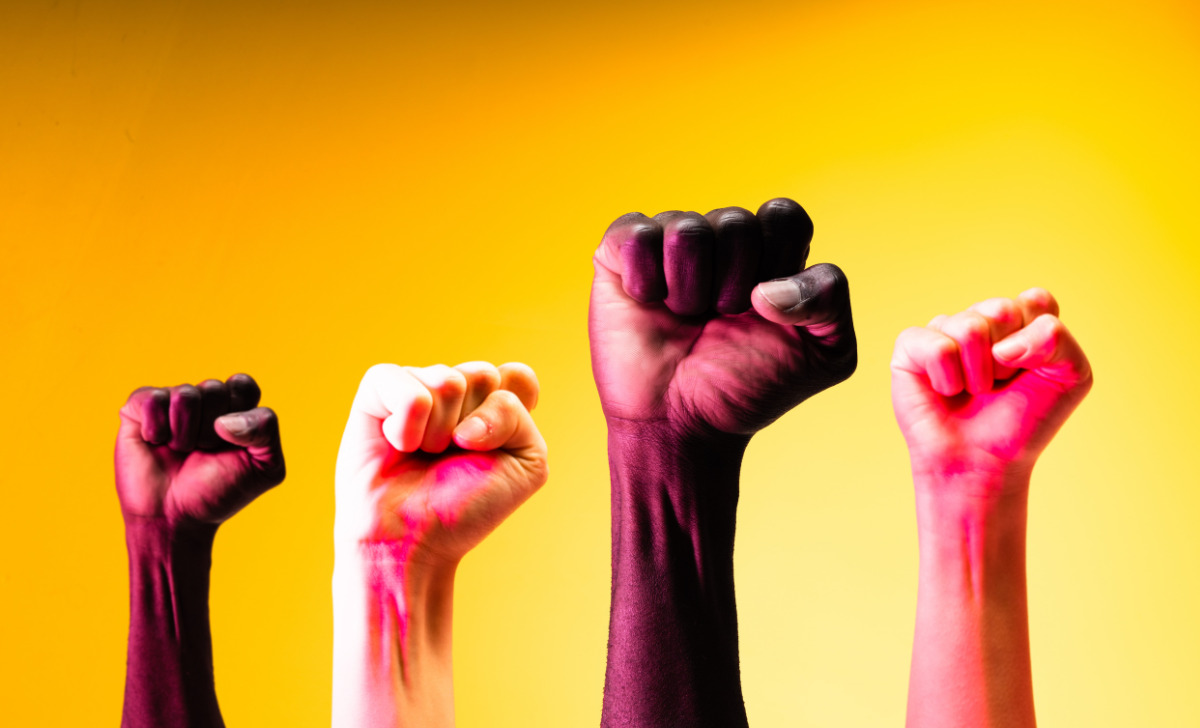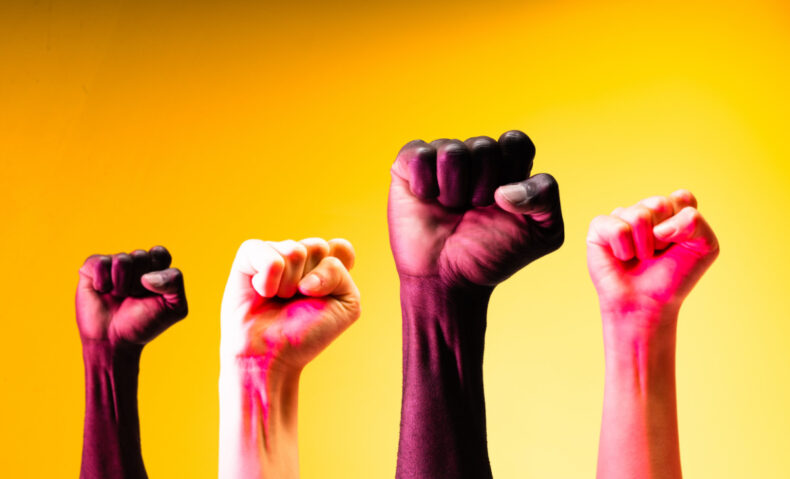Manipur Relief Camps is a corporealized manifestation of the animosity and vendetta between the Tribal group of Kukis and the Dominant ethnic group of Meitei people. The rivalry reflected upon the ruins of demolished houses belonging to thousands of now displaced families. On an estimate, around 70,000 families have lost their homes overnight and accusations follow the bad blood between ethnic communities.

The State government in Manipur ordered the illegal immigrants from Myanmar to vacate their houses as the community had occupied the state-owned forest reserve land for habitation. On May 3 2024, the feud escalated during the protests against the court orders. The Kukis made claims about the underlying cause behind their expulsion from the land and that the Meiteis were just using illegal immigration as an excuse to drive them away.
Who led the volunteer investigation on the status of Manipur Relief Camps?
An inspection team consisting of doctors namely- Dr. Arun Mitra, Dr. Ravindranath, Dr. Shakeel, and Dr. Rajani volunteered to examine the living conditions in the relief camps based in the Meitei and Kuki districts of Manipur from September 1 to 3. Presently, 334 relief camps function for the assistance of displaced families.
The Representatives work for a non-profit organisation (NGO) called Indian Doctors for Peace and Development. They made rounds and communicated with nodal officers of the relief camps in Khumanlankpak Sports Hostel, Imphal and an IIT relief camp based on the hills in Kangpokpi district.

Findings of the Manipur Relief Camp Inspection Report
No space and place for people residing in the Khumanlankpak hostel camp
Doctors were stunned to find the distressing condition these families aka inmates were living in. The camp had an attendance of 45 families, concluding with 194 people in total.
Each family was allocated one room, and there was an acute shortage of restrooms. The whole camp was facilitated with the availability of only 20 washrooms/toilets. Sanitation becomes a huge concern in such situations, thus the risk of diseases and infections.
In a report published by The Hindu, we found the statement given by Shakeel Ur Rahman, the General Secretary of IDPD. He expressed his concerns over the lack of facilities for water supply. Camp residents have to carry water in buckets to make up for the lack of pipeline provision.

More than two families were crammed together in Kangpokpi’s Sapormeina Primary Health Centre
Homeless families were left with no choice but to share their single-room homes with other families. Saying adjustment and compromise are necessities to survive and live in these relief camps is an understatement.
The blockade between Imphal Valley and Kangpokpi district has brought in new challenges and hurdles for people restrained in these camps. There is no medical faculty and equipment that could save a life in case of a medical emergency.
The presence of Blood banks and Operation theater could be only imagined but not actualised in Kangpokpi district.
Dr. Arun Mitra, president of IDPD, expressed his consideration for the pregnant women in the camp. He emphasized on the lack of medical support for these women in the area. In case of a labor emergency, the nearest hospital will be a 24-hour journey, situated in Dimapur or Kohima in Nagaland.

Suffering, Starvation, and Sanitation
The inmates are on the road to malnourishment as there is no proper schedule and menu that can constitute a balanced diet. Lack of sufficient greens, proteins and nutrition on the food plate is evident of the sad state of children and adults residing in the relief camps.
Vitamin A deficient inmates are hoping to see a change in their diets. IADA representative Dr. Rahman stated- “The capacity to restore Vitamin A in a child’s body is much less than that of an adult. We are expecting Vitamin A deficiency to emerge in the form of an endemic. Night blindness is a very common fallout of Vitamin A deficiency.”
There is a high risk of Post-traumatic Stress Disorder (PTSD) developing in children coming from these homeless families. Around 12,000 children are placed at the centre of this feud. The despair and trauma their families are going through can have a negative impact on their mental health.
Therefore various child practitioners, specialists, and volunteers are coming forward to guide these children.

Supreme Court’s Decision
The Supreme Court has asked the Indian government to remove the blockades that have become a major source of inconvenience in delivering essentials and medical facilities to the camp residents.
The new development was the result of the plea signed by a crew of retired women judges as they expressed their worries surrounding the measles and chickenpox outbreak. The court has further asked the government to make sure that the families are getting an adequate amount of food supply.
Chief Justice of India (CJI) Dhananjaya Y Chandrachud has also come forward and has instructed both the state and central governments to initiate action according to the aforementioned requirements and necessities of ethnic families which includes removal of blockades as well.












